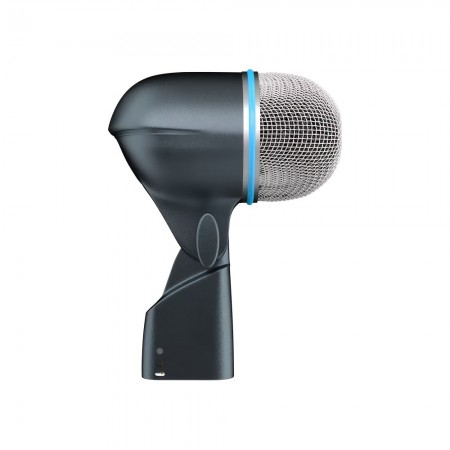Key Features:
Dynamic Microphone: Dynamic microphones are known for their durability and ability to handle high sound pressure levels without distorting. They are often used in live performances and studio recordings where loud sources like drums, brass, and electric guitars are involved.
Versatile Applications: This type of microphone is suitable for capturing vocals and a wide range of instruments, from percussive sounds to wind instruments and stringed instruments like electric guitars. The rugged construction makes it ideal for stage use as well as recording environments.
Wired Connectivity: Unlike wireless models, this microphone connects via a cable, providing a direct and reliable connection to mixers, amplifiers, or recording interfaces. This can ensure a stable signal without the risk of interference or battery drain.
Heart (Possibly a Reference to Polar Pattern): If "Heart" refers to the polar pattern, it's likely a cardioid pattern, which means the mic primarily picks up sound directly in front while rejecting sound from the sides and rear. This feature is beneficial for isolating the sound source in noisy environments.
Benefits:
Durability: Dynamic microphones are built tough, making them resistant to rough handling during live performances and tours.
Sound Quality: They deliver clear and robust sound reproduction, especially for high-volume and bass-heavy instruments.
Versatility: Their ability to handle a variety of sound sources makes them an excellent choice for musicians who play multiple instruments or work in diverse recording scenarios.
Usage Tips:
Proper Placement: For best results, position the microphone close to the sound source but be mindful of potential proximity effect, which can overly boost bass frequencies.
Handling Noise: While dynamic mics are durable, they can still pick up handling noise. Use a shock mount if available or handle the mic with care when in use.
Cable Management: Ensure cables are managed properly to avoid tripping hazards on stage and to prevent any strain on the connections.
Given the unique naming convention ("Musical Instrument Robot Voice Microphone Heart"), it's advisable to look for additional information or consult the manufacturer's specifications to get more detailed insights into the exact features and intended use cases of this particular model. This will help in understanding any special functionalities or design aspects that might not be covered by the standard features of dynamic microphones.





